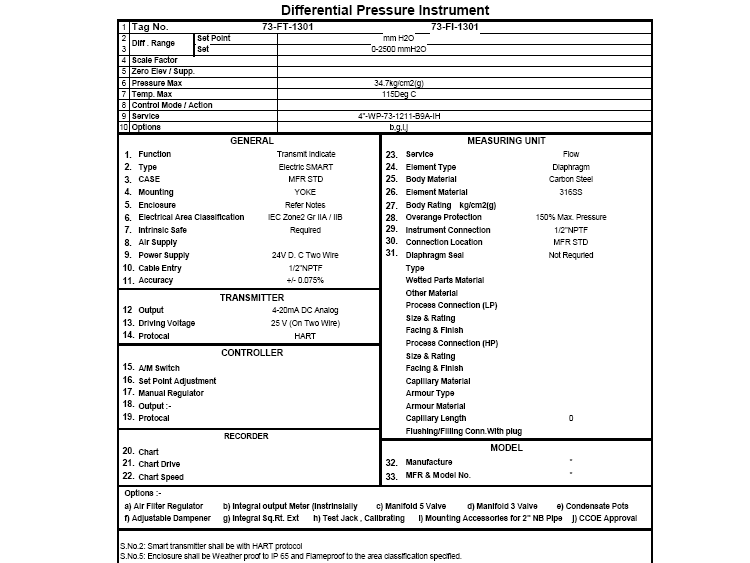
The Application Data Sheet (ADS) is typically specific to the manufacturers' proposal. It allows a manufacturer to qualify which technology best fits the application described and what available options will facilitate the performance requested on the IDS. The ADS is also a useful tool for technical review of the sales proposal by the buyer/user so that they can better understand exactly what is being offered.
The user often has the challenge of making a decision between two or more offers that may or may not be equal. Sometimes there is inconsistent nomenclature describing similar, if not identical, instrument features. Different units may be used to express the same specifications and different test conditions often are used by manufacturers to create specifications that favor their equipment.
For example, the terms digital flow control, electronic flow control, and programmable pneumatic control all appear in discussions on GC carrier gas flow control. Manufacturers are obviously trying to differentiate their offerings, but it places a burden on the user to determine the exact function being specified. Other discrepancies occur because of a lack of precision in language. For example; Linearity, linear dynamic range, and dynamic range are used as the technical names for the same detector property.
A completed Application Data Sheet based on the information contained on the Instrument Data Sheet will help ensure that the equipment selected is a “best fit” for the application so that performance and reliability meet expectations.
